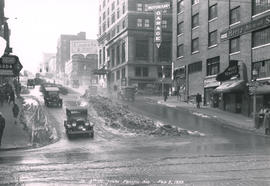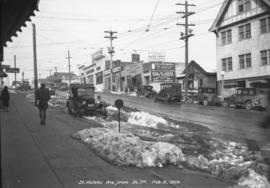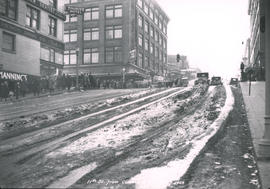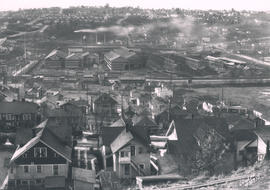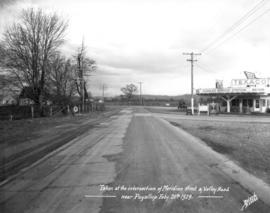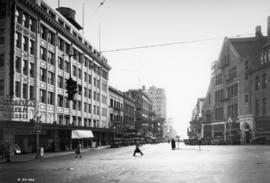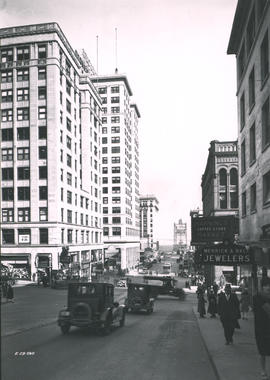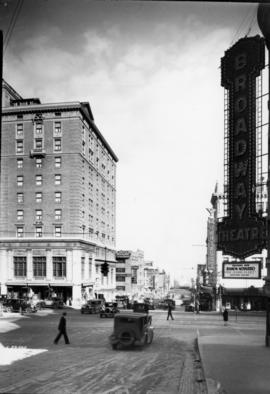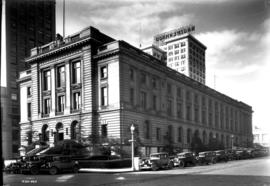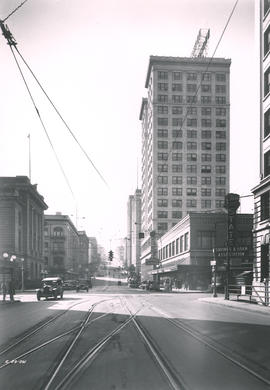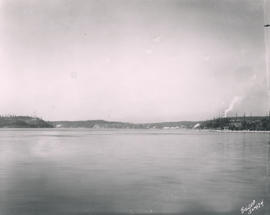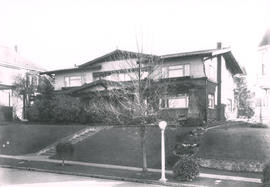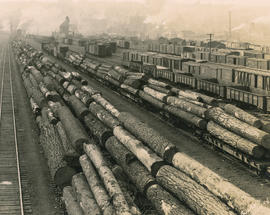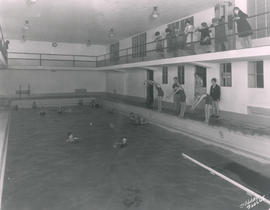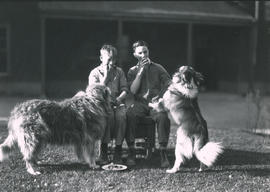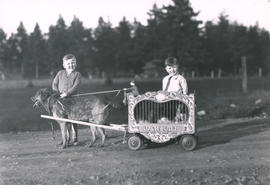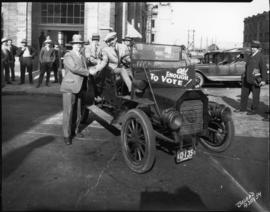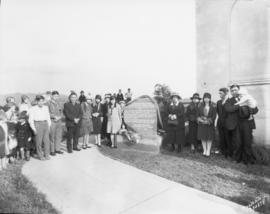- Item
- 1929-02-08
Part of Marvin Boland Photographs
The freighter "Lillian Luckenbach," part of the Luckenbach Steamship Co. fleet, was dockside on February 8, 1929 at the St. Paul mill dock #2. She was here to pick up the first shipment of paper pulp sent by water by the new Union Bag & Paper Co. Tacoma plant which had commenced operations in January. The nearly 1000 tons were loaded onto the ship through four hatches. The cargo was headed to Hudson Falls, N.Y., the location of a Union Bag plant. The ship was commanded by Captain G.C. Bown of Tacoma. G49.1-110 (TDL 2-8-29, p. 1-article; TDL 2-9-29, p. 1-article)
Cargo ships--Tacoma--1920-1930; Shipping--Tacoma--1920-1930; Piers & wharves--Tacoma--1920-1930;

